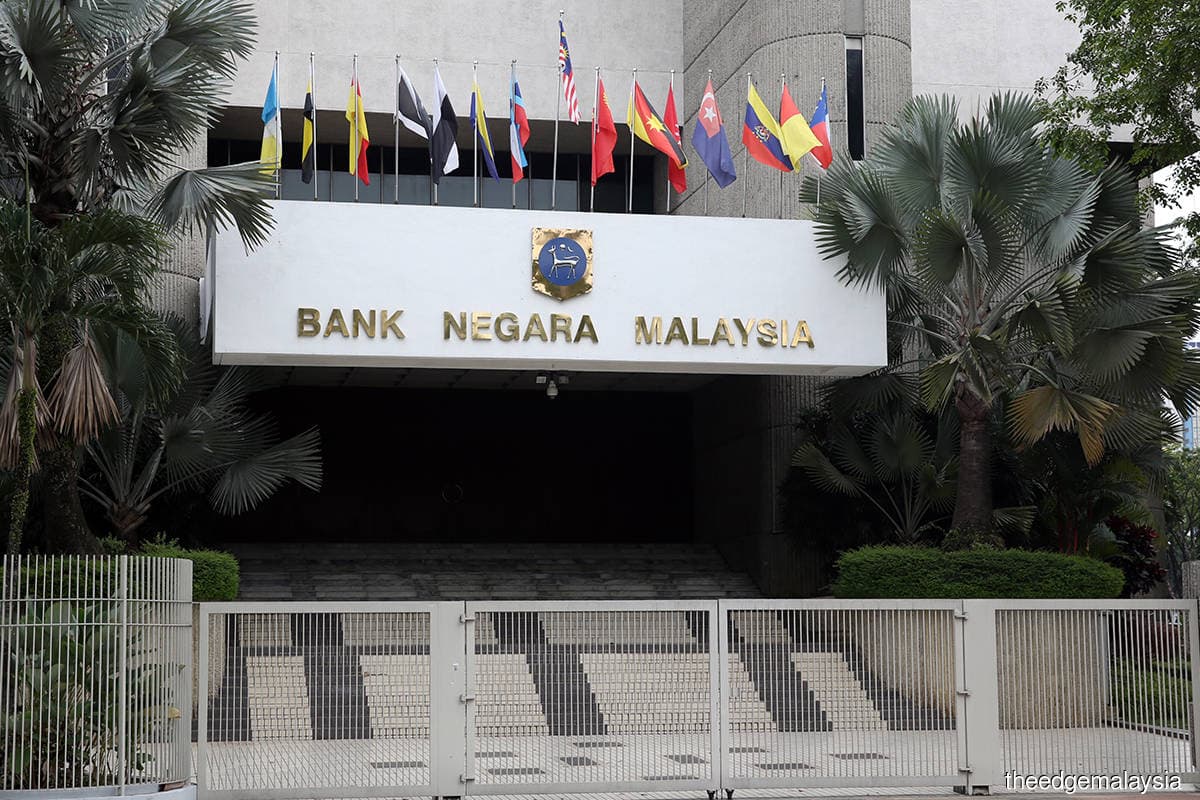
(March 7): Malaysia’s central bank is expected to keep its benchmark interest rate at a five-year high on Thursday, maintaining what limited policy support it can afford to shore up a currency that recently hit a 26-year low.
Bank Negara Malaysia (BNM) will hold the overnight policy rate at 3% at its second meeting of the year, according to all 19 economists in a Bloomberg survey. The central bank last adjusted borrowing costs in May 2023, when it delivered a quarter-point hike.
The ringgit is among emerging Asia’s worst performers this year, with Malaysia’s lower rate relative to other nations being the main culprit, Second Finance Minister Datuk Seri Amir Hamzah Azizan told parliament last week. The policy rate is at a record discount to the upper bound of the Federal Reserve’s rate.
Still, he cautioned against hiking to strengthen the currency, saying that the policy rate is mainly a tool for price stability and sustainable economic growth.
The central bank has a compelling reason to extend its wait-and-see approach. The Southeast Asian economy missed growth estimates last year amid China’s wobbly recovery, prompting analysts to cut their forecasts for 2024. Meantime, inflationary pressures may flare up on Malaysia’s plans to review price controls and subsidies. BNM is set to release growth and inflation outlook on March 20.
Here’s what to watch out for on Thursday at 3pm local time:
Ringgit defence
Policymakers have stepped up their verbal defence of the ringgit after the currency last month fell to its weakest level since the Asian financial crisis in 1998. The central bank may again say the ringgit is undervalued, and outline the measures it has taken to support the currency.
The strategy appears to be bearing fruit. The ringgit traded at the strongest level since January against the US dollar in Kuala Lumpur early Thursday after policymakers ramped up coordination with state-linked firms to support the currency.
“BNM will maintain a balanced tone as policymakers strive to navigate the risks,” said Lloyd Chan, a currency analyst at MUFG Bank Ltd in Singapore. “They can’t sound too hawkish because of growth concerns, while a dovish signal will not be good for the ringgit.”
The monetary policy committee took the unusual step of commenting on the currency in January, when it said recent ringgit movements are primarily driven by external factors.
Growth outlook
BNM may reaffirm that growth will improve in 2024, supported by a recovery in exports and strong domestic spending. Outbound shipments in January beat estimates and ended 10 consecutive months of contraction, suggesting that the trade-reliant nation is close to turning the corner.
Still, the economy will likely remain subject to downside risks, such as weaker-than-expected external demand amid China’s sputtering growth.
Price pressures
While Malaysia’s inflation stayed at 1.5% for a third straight month, BNM has repeatedly flagged price risks from the government’s plan to reform subsidies this year.
Other upside risks loom in the form of potential global supply chain shocks due to geopolitical tensions in the Red Sea, according to Shahira Rahim, an analyst at BIMB Securities Sdn Bhd. The government also raised Malaysia’s service tax beginning March 1, and expects it will increase revenue by about RM3.45 billion.
“A higher cost of living may be an issue,” said Firdaos Rosli, chief economist at AmBank M Bhd. “Inflation will creep up, and perhaps more so amid the government’s higher services tax and subsidy rationalisation.”